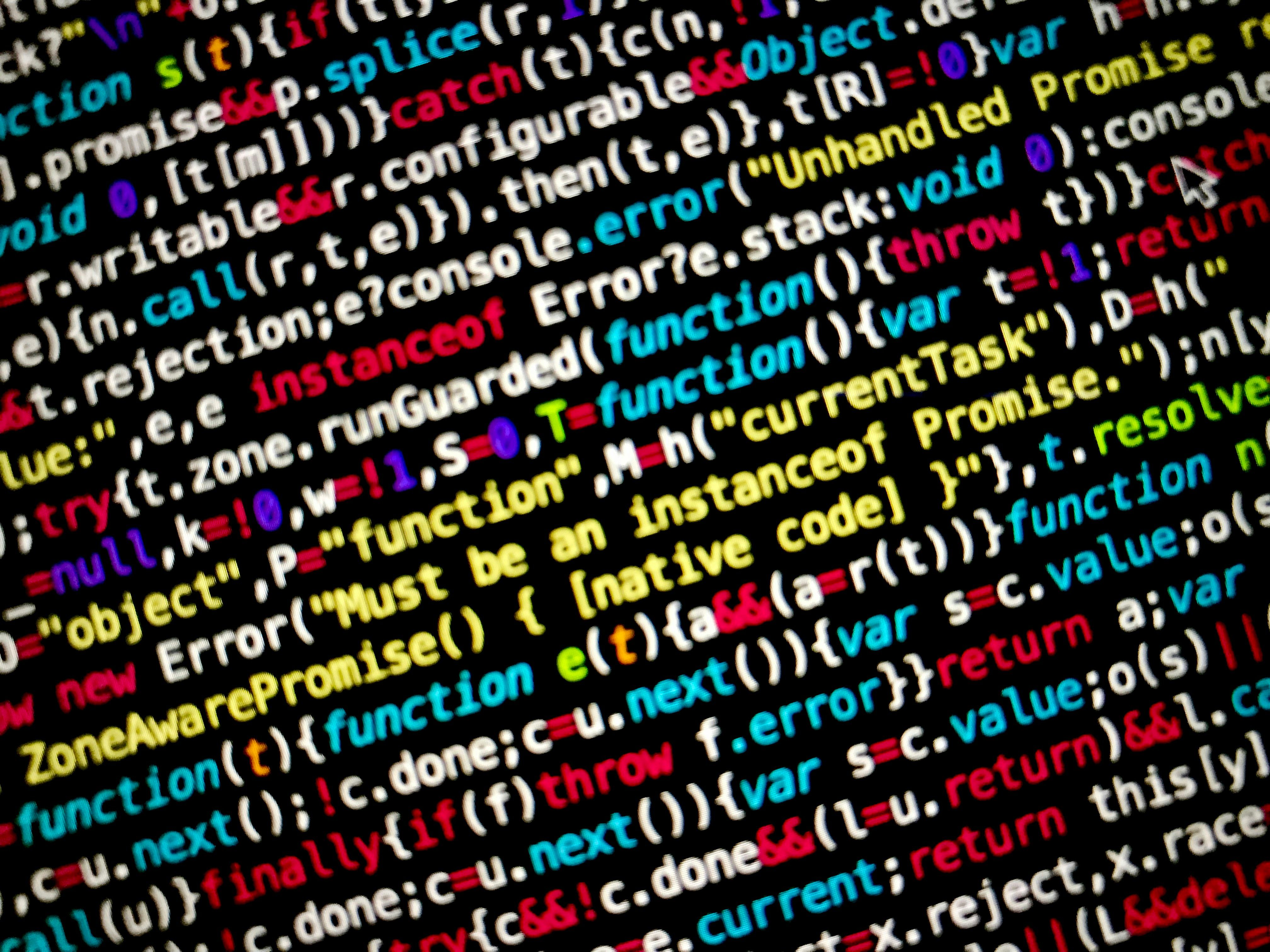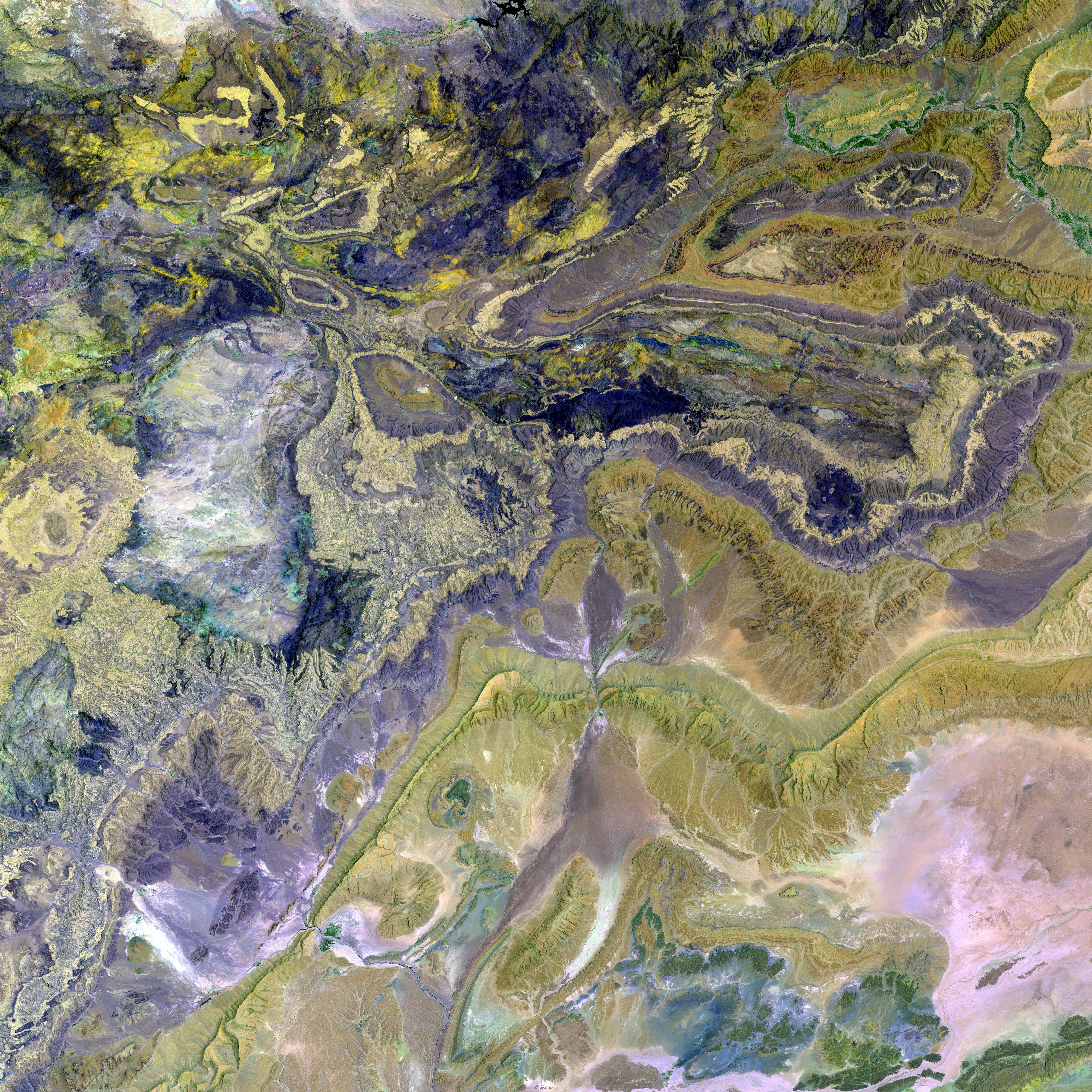Innovative Haptic Equipment Boosts Safety in Distant Robot Operation
Advances in AI and robotics are reshaping various sectors, as exemplified by the latest developments in AI-powered tabletop robots, Boston Dynamics' Atlas 2.0, and Elon Musk's Mars mission plans with robots.
In the realm of tabletop robots, recent innovations focus on enhancing interactivity and expressiveness. By employing advanced AI, these devices can better perceive and respond to users and their surroundings in more socially adaptive ways, transforming them from algorithmic machines to engaging, delightful companions. This shift towards personable, interactive robots extends beyond mere functionality, as shown by their increasing capabilities in manufacturing and industry, where they excel at complex tasks like precision assembly, object recognition, and adapting to dynamic conditions [1].
Boston Dynamics' Atlas 2.0, the successor to the original Atlas, showcases a commitment to pushing the boundaries of humanoid robotics with improved AI and sensor integration. The new version focuses on refining mobility, dexterity, and autonomy. It uses advanced AI algorithms for safe path planning, interacting with unpredictable environments, and performing complex tasks like manipulation and bipedal locomotion in real-world conditions [5]. Techniques like deep collision probability fields help Atlas 2.0 better anticipate and avoid obstacles during dynamic activities, thereby improving both safety and performance.
Elon Musk, founder of SpaceX, envisions the colonization of Mars as a critical endeavor, fostering a vision that includes deploying advanced robotic systems. These Mars mission robots are intended to handle autonomous construction, habitat assembly, resource extraction, and environmental analysis. The integral role of AI in these exploration missions is crucial for effective navigation, decision-making, and managing interaction with Mars' harsh environment [3].
While the exact technical specifics of Elon Musk's Mars mission robots were not readily available, the overall trend indicates a move towards increasingly autonomous, AI-driven robots that can execute complex tasks independently or under remote supervision to support human colonists and scientific exploration.
Collectively, these advancements illustrate robotics evolving from isolated automation to highly intelligent, collaborative, and versatile systems suitable for both terrestrial and extraterrestrial applications.
Artificial Intelligence plays a significant role in the evolution of tabletop robots, enabling them to become more interactive and socially adaptive, leading to engaging, delightful companions. Similarly, the development of Boston Dynamics' Atlas 2.0 incorporates advanced AI for safe path planning, interacting with unpredictable environments, and performing complex tasks, demonstrating AI's transformative potential in humanoid robotics.




